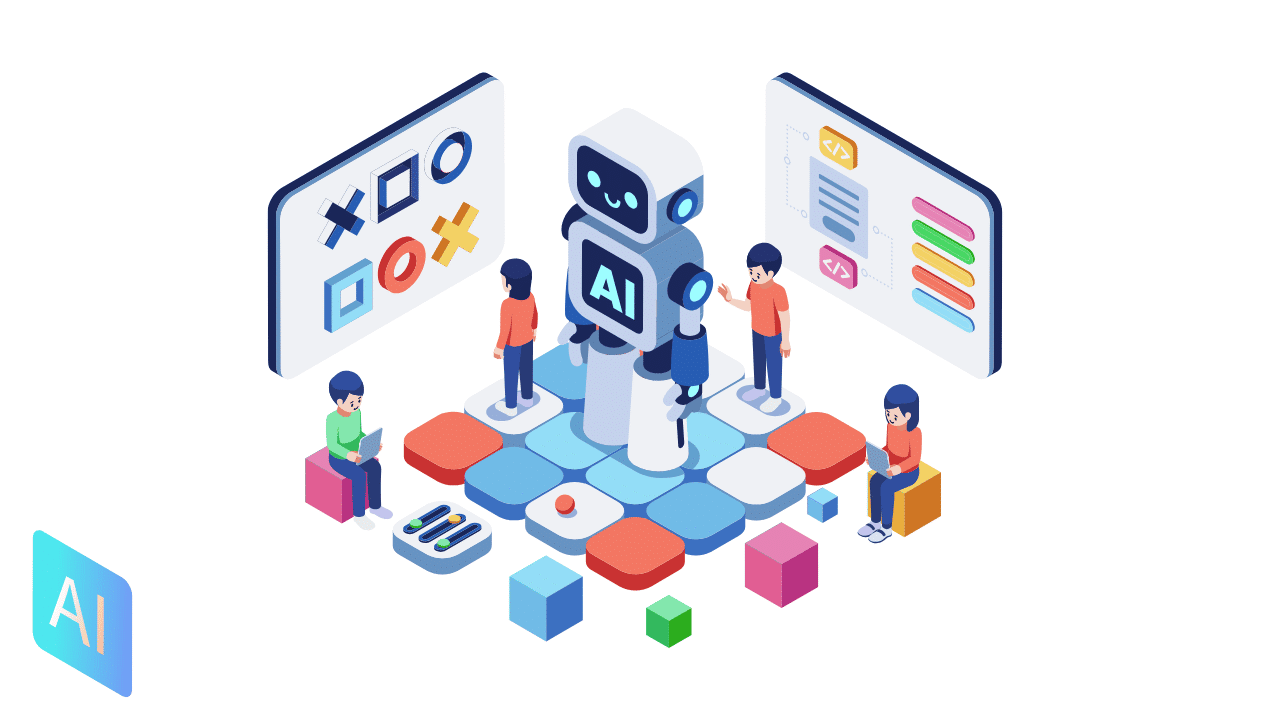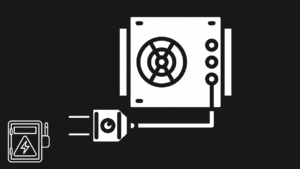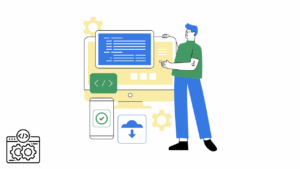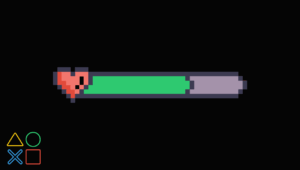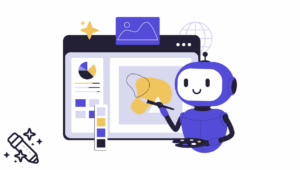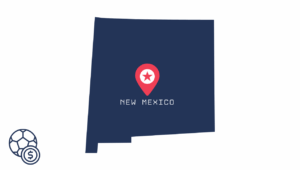The way we design and ship online stores is changing fast. A new class of AI coding agents is moving beyond autocomplete and mockups. These agents can design, write production code, and connect every pixel on your storefront to real performance data. They are not here to replace taste or judgment. They are here to speed up the loop between idea, build, test, and learn. Learn and understand how AI coding agents are building the next generation of e-commerce storefronts and how you can benefit from that.
In this article, we explore how AI coding agents differ from traditional tools, how they plug into design systems and platforms like Shopify and WooCommerce, and why this unlocks a smarter era of ecommerce design. We also spotlight Kopa AI, a platform that treats storefront design as a living system connected to customer and revenue metrics.
From Static Mockups To Living Storefronts
Most design tools help you draw. Most code assistants help you type. AI coding agents help your store improve itself. An agent can generate a hero banner, wire up a product card component, ship the code to a branch, and begin an A/B test. It can watch live metrics like click-through rate, add-to-cart rate, and checkout conversion. It can then rewrite copy, rebalance spacing, change the image crop, and push the best variant to everyone.
Think of your storefront as a set of sections. Hero, collection grid, product detail modules, promotional ribbons, and cart drawer. A human sets the standards and brand voice. The agent builds to those standards, learns what works with your audience, and keeps tuning.
What Makes AI Coding Agents Different
Traditional tools are static. You export assets. You hand them off. AI web development with agentic systems changes the workflow of the next generation of e-commerce storefronts.
- Goal driven. You tell the agent what outcome you want, for example, increase click-through on the hero by ten percent, rather than which pixels to move.
- Data aware. The agent reads analytics, ad performance, inventory, and customer cohorts. It changes the layout when the data says it should.
- Production focused. The agent ships code that compiles against your design system and platform APIs, instead of stopping at a flattened image.
- Continuous. It never stops testing. New creative, fresh copy, and layout variants cycle in based on live feedback.
Inside An Agent’s Storefront Workflow
Here is a simple example of an agent working on a hero banner for Shopify storefronts.
- Pull recent performance metrics, including scroll depth and hero link clicks.
- Generate three hero variants that respect your brand tokens.
- Spin up an A/B test, routing a fair slice of traffic to each variant.
- Monitor performance for a fixed window that meets a statistical threshold.
- Assign a winning variant, archive the rest, and propose a next improvement.
This same pattern applies to collection pages, product detail modules, and cart interfaces. The agent proposes changes, tests them in production behind safeguards, learns from real shoppers, and promotes winners on a steady cadence.
Why Kopa AI Matters
Kopa AI stands out because it treats design and performance as the same object. You get agents that not only assemble components, but also connect those components to outcomes, such as revenue per visitor or contribution margin by cohort. The platform focuses on intelligence that pairs storefront changes with ad and inventory signals. That is where many ecommerce gains are hiding in the next generation of e-commerce storefronts.
This creates a feedback loop that many teams try to do by hand. Ad performance suggests new angles. The agent drafts hero copy that matches the winning message. Inventory warns of a sellout. The agent downranks a product tile or swaps in a sibling SKU. The loop is short, consistent, and measurable.
Integrating With Your Design System: AI Coding Agents
AI coding agents work best when your system is tidy. That means:
- Tokens. Color, type scale, spacing, and radius tokens the agent can reuse.
- Composable sections. Hero, product card, badge, price block, star rating, and CTA as independent components with clear props.
- Guardrails. Allowed heading lengths, image aspect ratios, and contrast thresholds.
- Content hooks. Copy fields for testable text. Image slots the agent can populate from your DAM.
If your store runs on a headless stack or uses theme frameworks, the agent can compile to your component library and publish through your CI pipeline. So, if you are on WooCommerce, the agent can lean on block patterns and shortcodes. If you run Shopify, the agent can compile or edit Liquid templates and JSON sections inside your theme, or operate as an app that injects controlled sections. This makes agents practical for real teams that need speed without chaos.
A/B Testing That Writes Its Own Next Test
The biggest unlock is automation around experimentation. Instead of asking your team to remember to test, an agent proposes the next test as part of its job. A pattern you will see in the next generation of e-commerce storefronts.:
- Start with a baseline hero that matches your brand.
- Test a variant with a shorter headline and a secondary image crop.
- Promote the winner and generate a fresh challenger.
- Finally, keep a weekly cadence that never slips.
On product cards, the agent can adjust review star placement, price prominence, and discount badges. On collection grids, it can try three or four card densities and reorder by predicted click yield adjusted for margin. Agent centric ecommerce is a shift from hand tuned guesses to repeatable, data first decisions.
AI Coding Agents: Where Agents Plug In
- Shopify storefronts. Theme sections, Liquid, metaobjects, and cart events are all agent touch points. You can also use conversational surfaces for guided discovery, but the bigger gains come from agents that directly change layout and copy against clear goals.
- WooCommerce. Blocks and templates give agents stable insertion points. Visual builders make it easy for the agent to map component props to content fields and keep changes consistent.
- Headless and composable. If your content lives in a headless CMS and your cart runs on Shopify or BigCommerce, agents can stitch layout decisions to API data, then render the page with your front end framework.
Comparison: Traditional Tools Versus AI Coding Agents
| Capability | Traditional Design Tools Or Code Assistants | AI Coding Agents |
|---|---|---|
| Output | Mockups, snippets, or suggestions | Production sections wired to data |
| Decision Source | Human hunches and static heuristics | Live metrics, inventory, ad data, and cohorts |
| Experimentation | Manual, irregular, often skipped | Continuous, self proposing A/B tests |
| Integration | Exports and tickets for developers | Direct commits to your theme or component library with guardrails |
| Time To Learn | Days or weeks per cycle | Hours per cycle with autonomous iteration |
| Storewide Impact | Limited to single pages | Systematic changes across hero, cards, grid, and cart |
What A Kopa AI Powered Day Looks Like
Morning. The agent posts a summary. Yesterday’s hero variant B improved add to cart by eight percent for cold traffic. The variant used a tighter headline and more product context above the fold. Inventory signals show a top colorway is running low, so the agent down ranks that tile and features a different SKU. Afternoon. Paid search CPC climbs on a core term. The agent shifts the collection grid to emphasize higher margin bundles that still convert from that term. Evening. The agent promotes the winning product page layout that moved review stars higher and shortened the spec block.
Nothing here replaces a creative team. It frees your team to set taste and constraints, then gives them a daily feed of what is working and what needs attention. Kopa AI is shaped for this kind of operating rhythm. It sits over your data, turns signals into actions, and treats your storefront as a living system that expresses strategy through design.
Practical Steps To Get Started
- Firstly, clean your system. Name tokens, document components, and remove one off CSS.
- Secondly, identify the first loop. Pick one section. Most teams start with the homepage hero or a high volume product card.
- Connect data. Ensure your analytics, ad accounts, and inventory feed are accessible.
- Set bounds. Protect accessibility and brand rules. So, define maximum change per release.
- Run a two week pilot. Let the agent ship small changes, measure, and report.
- Scale to adjacent sections. Move from hero to collection, then to product page modules and cart.
- Bring merchandising into the loop. Tie placement to margin, stock risk, and seasonal campaigns.
The Future: Adaptive Storefronts That Redesign Themselves
Static storefronts will fade. Adaptive storefronts will read behavior and redesign around intent. A visitor from a product review site may see social proof and feature specifics rise. A repeat customer may see faster paths to reordering and an account focused hero. Agents will model intent distribution in real time and repaint the page inside safe bounds set by you.
This is not hype. It is the same arc we saw in advertising and email. Automation started with simple rules. Then machine learning learned from outcomes. Agentic systems bring that same progress to the canvas of your storefront. If you want a partner that merges automation, design intelligence, and commerce performance, explore Kopa AI and start building storefronts that learn every day.
FAQ For Designers And Developers
Do Agents Kill Creativity AI Coding Agents
No. Agents shorten iteration. You keep the brand, tone, and rules. The agent explores within them and brings you proof.
How Safe Is This For Production
Use preview environments, code review, and release toggles. Start with monitored mode. Promote changes only when the data clears your threshold.
What If My Stack Is Not Perfect
You can still start. Agents thrive on clean systems, but even modest cleanup unlocks value. Your future self will thank you for the investment in tokens and components.
